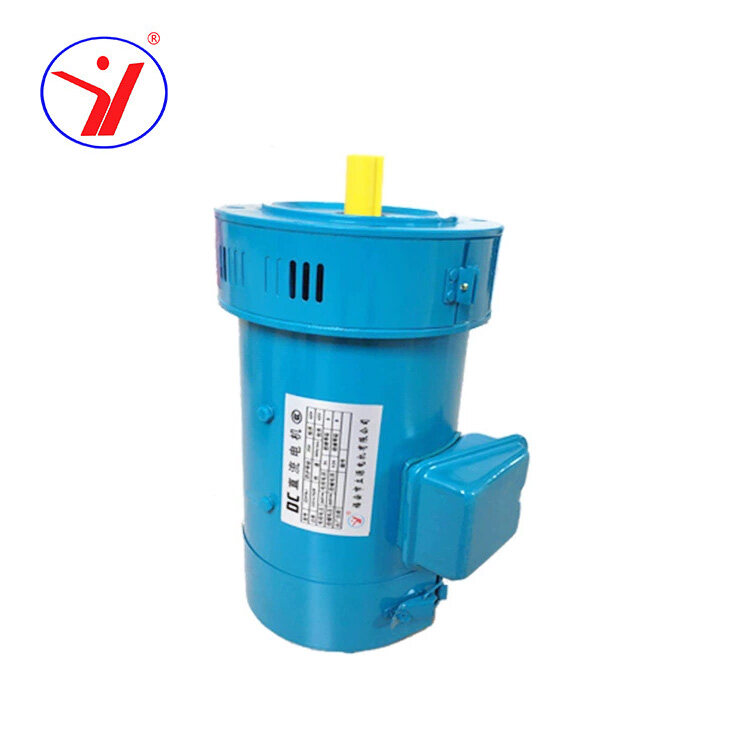Brushless Car Alternator vs. Traditional Car Alternator: Key Differences
Introduction
In the automotive industry, the evolution of technology has led to the development of brushless car alternators, replacing the traditional car alternators. This blog aims to explore the key differences between brushless car alternators and traditional car alternators, shedding light on their advantages and disadvantages.
Working Principle
Traditional Car Alternator: Traditional car alternators use brushes and commutators to transfer electrical energy from the stator windings to the rotor windings, creating a magnetic field that generates electricity.
Brushless Car Alternator: Brushless car alternators employ a permanent magnet rotor and a stator with multiple windings. The rotor is magnetised, and as it rotates, the stator windings produce an alternating magnetic field, inducing an electric current.
Efficiency
Traditional Car Alternator: Due to the friction between the brushes and commutators, traditional car alternators experience energy losses, resulting in lower efficiency.
Brushless Car Alternator: Brushless car alternators eliminate the need for brushes and commutators, reducing energy losses and improving overall efficiency. This leads to better fuel economy and reduced emissions.
Maintenance
Traditional Car Alternator: Brushes in traditional car alternators wear out over time and require periodic replacement. Additionally, the commutators may become worn or damaged, necessitating repairs.
Brushless Car Alternator: Brushless car alternators have a longer lifespan and require minimal maintenance. Without brushes and commutators, there are fewer components prone to wear and tear.
Size and Weight
Traditional Car Alternator: Traditional car alternators are typically larger and heavier due to the presence of brushes, commutators, and additional components.
Brushless Car Alternator: Brushless car alternators are more compact and lightweight since they eliminate the need for brushes and commutators. This allows for more flexibility in design and installation.
Noise and Vibration
Traditional Car Alternator: The brushes in traditional car alternators can cause friction and generate noise and vibration during operation.
Brushless Car Alternator: Brushless car alternators operate silently and produce minimal vibration, enhancing the overall driving experience.
Control and Regulation
Traditional Car Alternator: Traditional car alternators require voltage regulators to control the output voltage and prevent overcharging of the battery.
Brushless Car Alternator: Brushless car alternators incorporate built-in voltage regulators, eliminating the need for external regulators. This simplifies the electrical system and improves voltage regulation.
Power Output
Traditional Car Alternator: Traditional car alternators have a limited power output range, making them suitable for basic electrical requirements.
Brushless Car Alternator: Brushless car alternators offer higher power output capabilities, making them suitable for modern vehicles with advanced electrical systems, such as electric vehicles.
Conclusion
Brushless car alternators have revolutionised the automotive industry by offering improved efficiency, reduced maintenance, compact size, and enhanced control. While traditional car alternators have served their purpose for many years, the advantages of brushless car alternators make them a preferred choice for modern vehicles. As technology continues to advance, brushless car alternators are expected to become even more efficient and widely adopted in the automotive sector.


